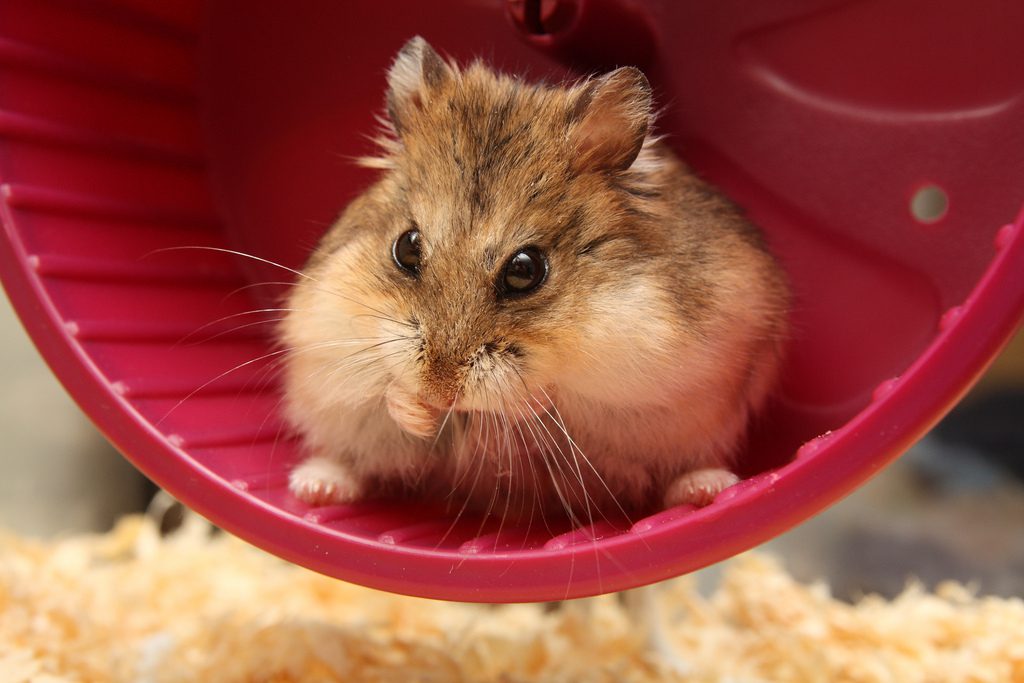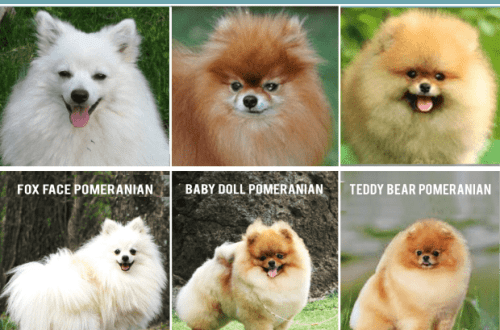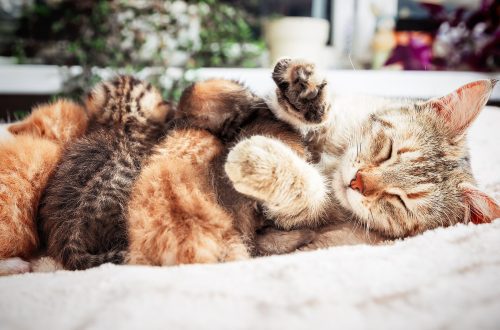
Roborovsky hamster: habitat, rules of keeping, care and reproduction
The Roborovsky hamster is called so in a scientific way, but in the common people they have it easier – a dwarf hamster. It is considered the smallest hamster among its relatives. The maximum length of an adult is only 4-5 centimeters. Slightly larger than him is the Dzungarian hamster, which grows to a length of 6 cm.
Characteristics of the Roborovsky hamster
This little animal has the following characteristics:
- flattened muzzle, large rounded ears and a very small tail, which is completely invisible under the fur;
- a distinctive feature of this animal are white eyebrows resembling a mask;
- its color is very attractive – the back is pale pink, and the paws and abdomen are white.
Habitat
Under natural conditions, these babies live in the sandy deserts of Mongolia and Northern China, digging small holes in the sand, which consist of two passages and a nest chamber.
Roborovskogo hamsters feed on caragana seeds, sedge, beets, and tulips. They can even feed on invertebrates and insects, but this is extremely rare. These animals can stock up for the winterbut do not hibernate. Just during this period, hamsters become less active and just rest.
In captivity, they did not breed for a long time, only at the end of the twentieth century the process began to gain momentum. In Russia they still quite rare, but interest in them is gradually increasing.
Behavior
Roborovsky hamsters often live in a group that is created from childhood. This distinguishes them from other varieties of hamsters. They are very active and nimble, constantly in motion. Many people like to hold hamsters in their palms, but they are unlikely to hold this shutryak. But they can be tamed. These little ones have a great character and don’t bite. This can only be done by pregnant and lactating persons, and then, they will not be able to bite through the skin through.
Roborovsky hamsters have an amazing feature – they look directly into the eyes of a person. Their eyesight is excellent.
Content
Due to the small size of Roborovsky hamsters, keep in glass or plastic containers, which are arranged as follows:
- the bottom of the container is covered with sand with a layer of 3 centimeters;
- you can put hay, moss, small twigs;
- a box is placed in the corner of the container, from which the hamster will subsequently make a nest;
- sand should be changed as it gets dirty.
You can also put toys in the house of this small animal: wheels, plastic pipes, cardboard rolls, inside which hamsters will run and frolic. If these little ones move a little, then very soon they will develop hypodynamia and consequently stress.
Inside the container must be divided by a partition. It will come in handy in the case when the male will need to be moved out from the female for the period of birth and feeding the babies.
Roborovsky hamsters are very friendly and sociable animals. They often live in groups. It is even believed that loneliness shortens the life of this animal. But sometimes it happens that hamsters do not get along with each other. This can happen if they cannot share food or toys. To prevent this from happening, each animal should buy for the same toy and provide the necessary amount of food.
Roborovsky hamsters eat the following foods:
- vegetables;
- seeds;
- fruit;
- nuts;
- millet;
- greens.
These animals are very fond of oatmeal, bread, they will not refuse flour worms. Babies should be given animal protein.
Reproduction
Roborovsky hamsters become sexually mature very early, when they are 2-3 weeks old (about 19 days old). If the owner does not want them to have offspring, they need to be settled in different containers and this should not be delayed.
In the event that the owner of the hamsters decides to breed them, the couple is reunited. Pregnancy in females lasts a very short time, only 19-22 days. Babies on the seventh day from birth are covered with fur, and on the tenth day the fur warms them fully. Until the end of the second week, the babies remain blind, and only then their eyes gradually open.
When the babies are three weeks old, they are separated from their mother. This is a necessary measure, because at this time their mother begins to prepare for the next appearance of offspring. Older children are unlikely to give way to the younger ones to feed. This can lead to the death of the young.
Female Roborovsky hamsters will not be able to get along with each other in the same container. For reproduction, one pair is enough.
The breeding season starts in early May and ends in late September. During this time, one female produces 4 offspring. The number of cubs born at one time can be from 3 to 9 pieces. Sometimes it happens that a mother refuses to feed her children. For them to survive should be fed with a pipette or syringe without a needle, using any infant formula. You should feed very often. To keep the little hamster warm, you can install a table lamp above him, which will warm him instead of his mother.
Thus, if children ask to buy a hamster, it is better to look for this variety. Most likely, no one will regret it.





